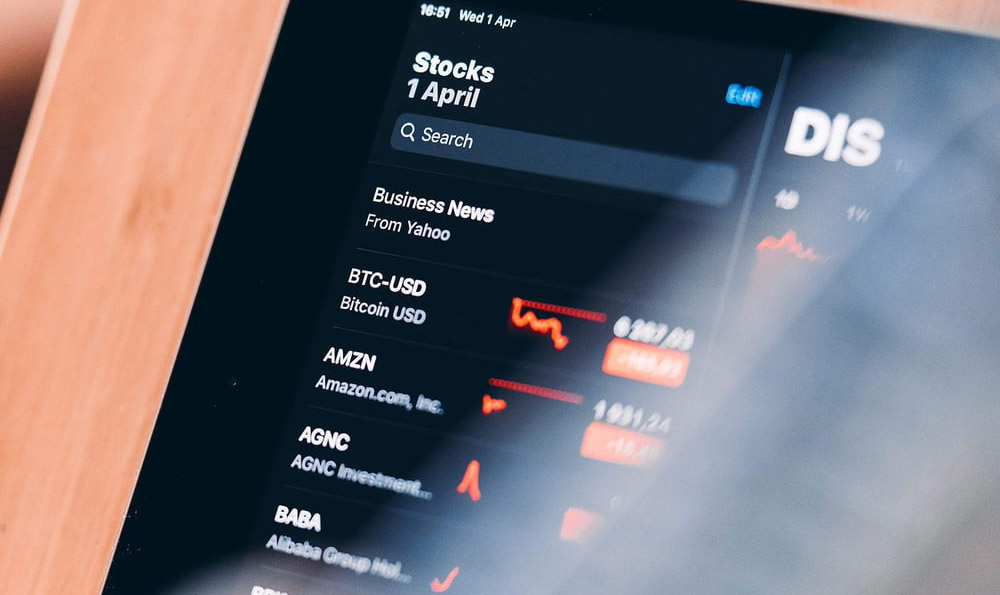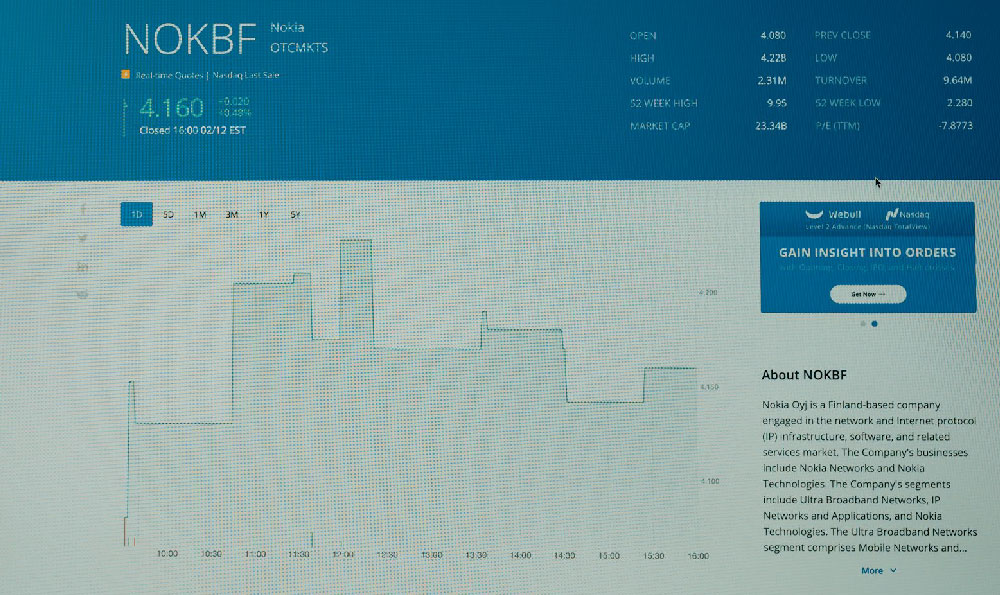How do applications generate revenue, and what are the methods employed?
Let's delve into the multifaceted world of application monetization, exploring the diverse revenue generation models employed by app developers and businesses. Understanding these strategies is crucial for both app creators seeking sustainable income streams and users seeking to discern the underlying economics driving their favorite applications.
One of the most prevalent methods is the Freemium Model. This approach offers a basic version of the application for free, attracting a broad user base. Revenue is then generated by offering premium features, content, or services through in-app purchases or subscriptions. This model thrives on converting a portion of the free users into paying customers. Successful implementation requires a careful balance. The free version must be compelling enough to attract users, yet the premium offerings must be valuable enough to justify the cost. Games often utilize this model, offering cosmetic items, gameplay advantages, or access to new levels. Productivity apps might offer expanded storage, collaboration tools, or advanced features in their premium tiers. The freemium model's effectiveness hinges on a deep understanding of user behavior and a data-driven approach to optimizing the free-to-premium conversion funnel.
A closely related strategy is the Subscription Model. This approach grants users access to the entire application or specific premium features for a recurring fee, typically monthly or annually. This provides a predictable revenue stream for developers and allows for continuous updates and improvements. Subscription models are particularly effective for content-rich applications, such as streaming services (Netflix, Spotify), news publications (The New York Times), and learning platforms (Duolingo). The key to success lies in providing consistent value and continuously adding new content or features to retain subscribers. Churn rate, the percentage of subscribers who cancel their subscriptions, is a crucial metric to monitor and actively manage. Offering tiered subscriptions with varying levels of access and price points can cater to a wider range of user needs and budgets.

In-App Advertising represents another significant revenue stream. This involves displaying advertisements within the application, generating revenue based on impressions (number of times an ad is displayed), clicks (number of times an ad is clicked), or conversions (number of users who take a specific action after seeing or clicking an ad). There are various ad formats, including banner ads, interstitial ads (full-screen ads that appear between activities), rewarded video ads (users earn in-app rewards for watching the ad), and native ads (ads that blend seamlessly with the application's content). While advertising can be a lucrative option, it's crucial to implement it thoughtfully. Overly intrusive or poorly targeted ads can negatively impact the user experience and lead to user churn. Balancing revenue generation with user satisfaction is paramount. Data analytics plays a crucial role in optimizing ad placement, frequency, and targeting to maximize revenue while minimizing disruption.
In-App Purchases (IAPs) are a direct means of generating revenue by selling virtual goods, services, or content within the application. This model is particularly popular in gaming, where players can purchase virtual currency, items, or upgrades to enhance their gameplay experience. In-app purchases can also be used to unlock additional content, remove ads, or access premium features in other types of applications. Transparency and clear pricing are essential to build trust and avoid user frustration. Offering a variety of purchase options and regularly introducing new content can keep users engaged and encourage repeat purchases.
Affiliate Marketing involves partnering with other businesses to promote their products or services within the application. Developers earn a commission for each sale or lead generated through their app. This model works well for applications that cater to a specific niche audience. For example, a travel app might partner with hotels or airlines to offer exclusive deals to its users. The key to successful affiliate marketing is finding relevant and valuable offers that resonate with the app's user base.
Data Monetization is a more controversial method that involves collecting user data and selling it to third parties for advertising or market research purposes. This practice raises significant privacy concerns and requires transparency and explicit user consent. While data can be a valuable asset, it's crucial to handle it responsibly and ethically. Complying with data privacy regulations (such as GDPR and CCPA) is essential to avoid legal and reputational risks.
Sponsorships and Partnerships can provide a significant revenue boost for applications with a large and engaged user base. Developers can partner with brands to create sponsored content, run contests or giveaways, or offer exclusive deals to their users. This model requires careful selection of partners who align with the app's values and target audience.
White-Labeling involves creating a customized version of an application for another business. The business can then brand the application with its own logo and branding and offer it to its own customers. This model can be a lucrative option for developers who have created a successful and versatile application.
Finally, Direct Sales involves selling the application directly to users for a one-time fee. This model is less common than freemium or subscription models, but it can be effective for applications that offer a unique and valuable service. The challenge with this model is attracting users who are willing to pay upfront without trying the application first.
In conclusion, application monetization is a complex landscape with a variety of options available to developers. The best approach depends on the specific application, target audience, and business goals. A successful monetization strategy requires a deep understanding of user behavior, data-driven decision-making, and a commitment to providing a positive user experience. Combining multiple monetization methods can often be the most effective approach to maximizing revenue and ensuring long-term sustainability. It's important to continuously experiment, analyze results, and adapt the monetization strategy based on user feedback and market trends.















